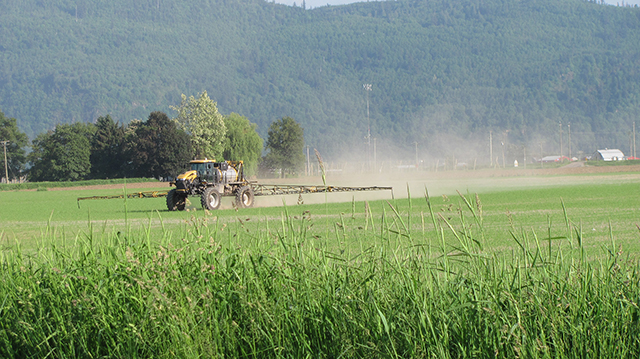SALMON ARM – Water quality in the Shuswap region will benefit from $100,000 in grants over the coming year through a new program launched this spring.
The Shuswap Watershed Council is making the funds available to projects aimed at protecting long-term water quality in the region through better nutrient management.
“What we’re looking for is projects in the ground such as things that can capture nutrients – phosphorus in particular – before it goes into the water,” says the council’s senior regional manager Mike Simpson. “We can’t necessarily pay for your soil testings and some of the requirements that you have to do as part of your regular business, but if there’s things that you can and want to do, maybe we can help with that.”
He hopes to see the gamut of initiatives by the April 30 deadline and suggests manure management and wetland creation on agricultural land as good project examples.
Simpson says projects will be evaluated on scope, scale and location. The funds may go to one large project or several smaller ones, depending on the applications received. The funds could even go to a group project that encompasses smaller projects on a number of farms in an area highlighted as having nutrient problems.
The grant program is the result of research the council undertook in partnership with UBC-Okanagan on nutrients and water quality in the Shuswap and Salmon rivers. The study identified which regions of the watershed and which land-use types contribute the highest concentrations of nutrients to the two rivers.
“Completing this study is a great accomplishment for the council,” says council chair Paul Demenok. “The results show us where new nutrient management initiatives would be most effective.”
The study indicates that small streams, ditches, groundwater and surface water run-off in the valley bottoms contribute nutrient-rich water to the rivers. The results also indicate that agricultural land contributes more nutrients on per-hectare than urban areas or forested land. (Specific agricultural uses were not singled out.)
The council is seeking nutrient management initiatives from landowners and farmers within the key problem areas.
“We’re looking for projects in the Lower Shuswap River, from Mabel Lake to Mara Lake, and the Salmon River, from essentially Westwold down to Salmon Arm Bay,” Simpson says.
More information about the grant program, and the new report on nutrients and water quality, are available online at [www.shuswapwater.ca].


 Consumers buying local
Consumers buying local